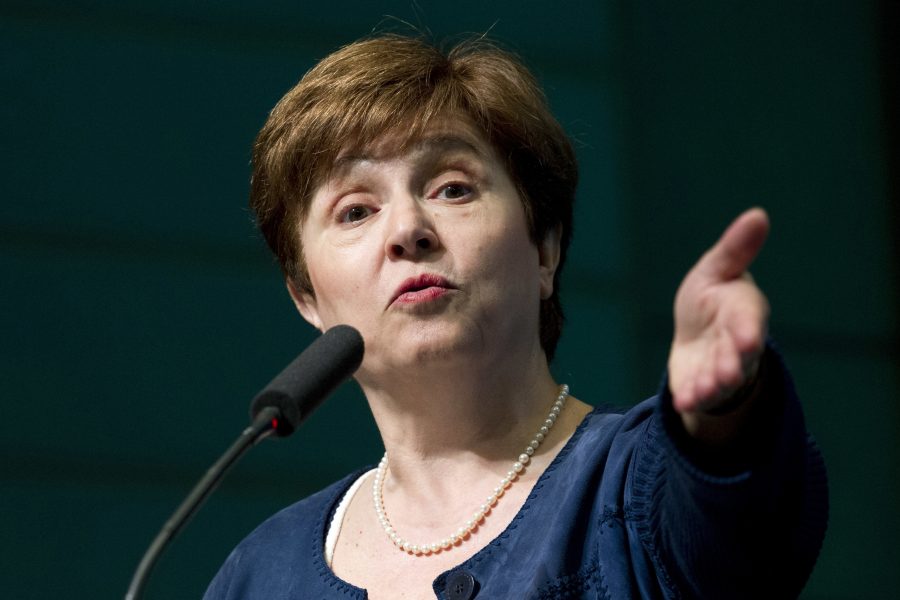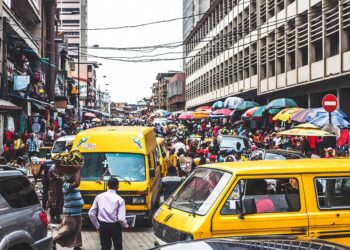The International Monetary Fund on Tuesday revised the global economy’s growth slightly upward for the year 2020 but warned of “long and unstable roadblocks to full economic recovery.”
The world economy is now projected to fall by 4.4% in 2020, an upward guide from an earlier predicted rate of -4.9% made in June. The IMF’s projection anticipates that social distancing due to the COVID-19 pandemic will continue into 2021, but the transmission of the virus will plunge globally by the end of 2022.
“We are projecting a somewhat less severe though still deep recession in 2020, relative to our June forecast,” the IMF’s Chief Economist, Gita Gopinath, said in the latest World Economic Outlook.
She added that the revision was driven by better-than-expected growth in advanced economies and China during the second quarter of the year and signs of a more rapid recovery in the third quarter.
Backstory
Recall Nairametrics released an IMF report about a week ago, which shows against headwinds that the world economy has ended up performing better than the IMF had envisaged in Q2 and Q3.
- This is expected to lead to an upward revision, its growth forecasts which are scheduled to be released next week
- The report went on, “We have reached this point, largely because of extraordinary policy measures that put a floor under the world economy.”
- Governments have provided around $12 trillion in fiscal support to households and firms.
- Unprecedented monetary policy actions have maintained the flow of credit, helping millions of firms to stay in business.
Emerging market and developing economies are having to manage this crisis with fewer resources, as many are constrained by elevated debt and higher borrowing costs.
- These economies will need to prioritize critical spending for health and transfers to the poor and ensure maximum efficiency.
- They will also need continued support in the form of international grants and concessional financing, and debt relief in some cases. Where debt is unsustainable, it should be restructured sooner than later to free up finances to deal with this crisis.























